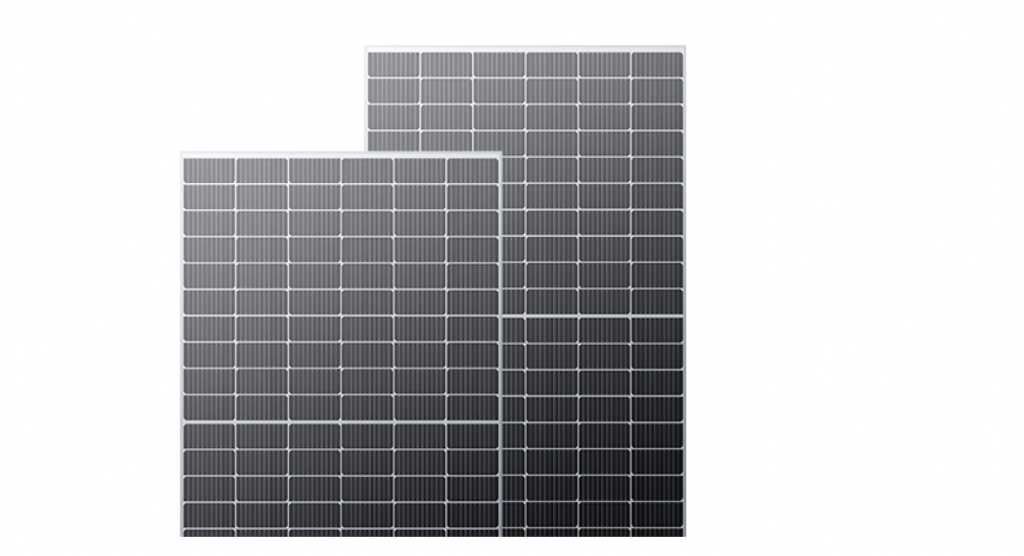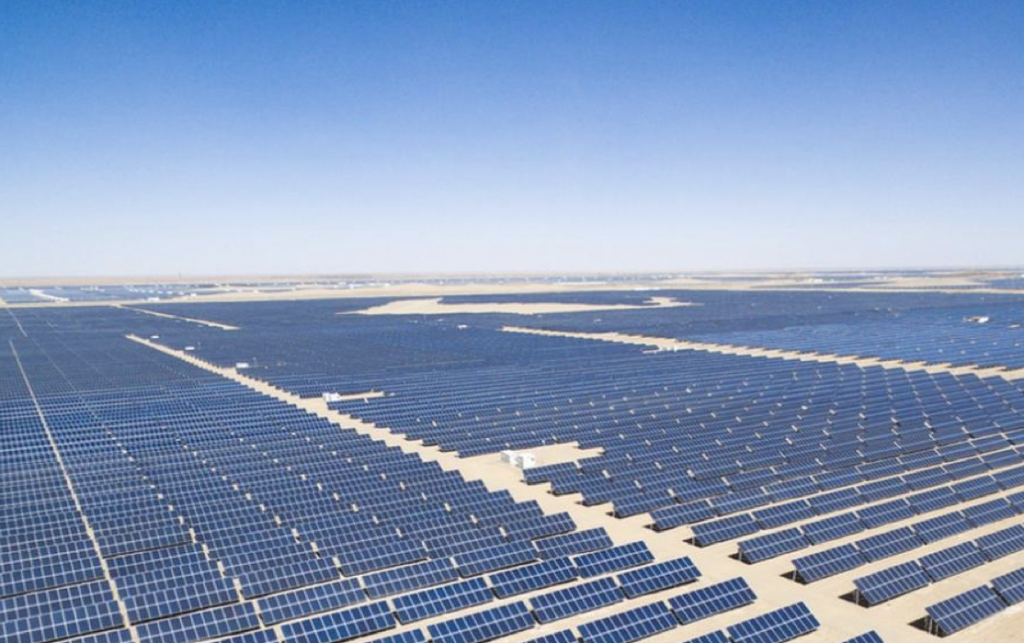Solar energy stands as a pivotal component of the global renewable energy portfolio, reflecting significant growth and adoption rates over the past decade. The global installed capacity of concentrated solar power (CSP) reached nearly 7 GW by the end of 2020, a fivefold increase from 2010. In 2024, the global installed solar PV capacity is expected to reach around 1.6 TW (1,600 GW).
This robust expansion is supported by substantial technology in solar, which continuously improves the efficiency and accessibility of solar power systems. In this article, we are going to delve into the recent technological advancements in photovoltaic power and explore their implications for the future of power generation.
Recap of the Latest Technology in Solar Energy
As the solar industry continues to innovate, several groundbreaking technologies in solar have recently emerged, each promising to redefine the efficiency and application of solar panels. Below, we explore some of the most significant advancements:
1. Alternative Material in PV Manufacturing
Traditional silicon-based solar cells dominate the market, but the search for alternative materials aims to overcome silicon’s limitations, such as cost and efficiency at high temperatures.
Alternative materials for solar cells, such as cadmium telluride, amorphous silicon, and organic compounds, can be applied in thin layers of film. By utilizing these kinds of materials, PV panels could absorb light 10-100 times more efficiently than crystalline silicon, allowing for thinner and lighter solar cells. And they could be manufactured quickly and efficiently, reducing costs and time.
One of the prominent examples is the attempt to utilize Perovskite solar cells, a kind of alternative material. Researchers have been making significant progress in improving the availability and stability of Perovskite solar cells, which have the potential to be a more affordable and scalable alternative to traditional silicon solar cells.
One recent advancement is the use of methylene diammonium dichloride as an additive to the perovskite precursor solution. This additive helps incorporate a tetrahydrotriazinium (THTZ-H+) cation into the perovskite lattice, which improves the device’s power conversion efficiency and phase stability under prolonged light and heat exposure. Monolithic perovskite/silicon tandem solar cells incorporating this additive have reached a record certified efficiency of 33.7%.
2. Applications of PERC
Passivated Emitter and Rear Contact, or PERC, is a kind of technology in solar PV panels that has an extra reflective layer added to the back of a conventional silicon solar cell. This surface helps to capture more of the sun’s light and convert it into electricity. Finally, it increases the cell’s efficiency compared to standard silicon solar cells.
Besides, the reflective layer also helps to reduce heat buildup in the cell, which can otherwise impair its performance.
While the PERC concept was first introduced in 1989, it is considered a relatively new and innovative technology in the solar industry: they were not widely adopted initially due to some early challenges, such as increased light-induced degradation.
However, over the past decade, steady improvements have been made to PERC cell design and manufacturing processes, allowing them to achieve significantly higher efficiencies of up to 12% more than standard silicon solar cells. And PERC PV panel is now considered the industry standard, accounting for over 60% of the global PV cell market as of 2021.
3. PV Panel’s Bifaciality
Bifaciality is also a new technology in the solar industry. Unlike traditional mono-facial panels which only absorb light on one side, bifacial PV panels can absorb sunlight on both the front and back sides of the panel, which allows to generate more electricity by capturing light reflected off the ground or other surfaces behind the panel. As a result, studies have shown bifacial panels can generate 11-27% more energy than traditional mono-facial panels, especially when paired with solar tracking systems. Plus, bifacial panels work well in commercial/utility-scale ground-mounted systems where light can reach the back of the panels, as well as in applications like pergolas and canopies.
The Roles of These Technologies in Solar
The latest advancements in photovoltaic (PV) technologies are set to transform both the solar industry and society at large by enhancing efficiency, reducing costs, and broadening the application of solar energy systems. Each of these innovations plays a distinct role in contributing to these overarching goals.
Introduction of Elite Solar’s 182-60 Type PV Panel
Elite Solar introduces the 182-60 Type PV solar panel, a cutting-edge solution equipped with advanced technologies in solar to boost efficiency, durability, and power output in utility projects, propelling the industry forward.
Here’s how their 182-60 Type is set to transform the landscape of solar energy:

1. Increased Power Generation with Bifacial Technology
The 182-60 Type incorporates bifacial technology, allowing it to capture sunlight from both the front and the rear sides. This design maximizes energy harvesting, with the capability to increase energy production by up to 25%. For utility projects, this technology in solar power means higher energy outputs from the same footprint, optimizing land use and maximizing the return on investment.
2. Enhanced Efficiency Through Innovative Cell Design
Elite Solar’s 182-60 Type PV panel features a half-cut cell structure, which is instrumental in increasing the module’s conversion efficiency. This technology in the solar industry reduces resistance within the electrical circuit, thereby decreasing mismatch loss and enhancing overall performance. This increase in efficiency makes this PV panel particularly suitable for areas where space is at a premium or where maximum power output is required from limited rooftops or land areas.
3. Severe Weather Resilience
Utility-scale solar projects must withstand diverse environmental conditions, from high winds to heavy snow loads. Elite Solar’s 182-60 Type PV panel is robustly built and certified to endure wind loads of up to 2400 Pascal and snow loads of up to 5400 Pascal. This resilience ensures stable operation and longevity of the installations, which is crucial for minimizing maintenance costs and ensuring reliable energy supply in varying climates.
4. Superior PID Resistance
As one of the critical technologies in solar PV panels, Potential Induced Degradation (PID) poses a significant threat to long-term performance. Their 182-60 Type boasts excellent anti-PID properties, which guarantees minimal power degradation over its lifespan. This feature is vital for mass production and large-scale deployments, ensuring that the panels maintain high-performance levels, thus safeguarding the investment.
Conclusion
PV technologies are transformative, driving not just industry growth to create a more sustainable future. As these technologies mature and become more integrated into daily life, their impact on reducing carbon emissions, democratizing energy access, and promoting sustainable development will be profound.
Elite Solar, as one of the leaders in photovoltaic module manufacturers with over 20 years of experience in solar energy, has applied some of the latest technologies in solar panels, the Elite Solar’s 182-60 Type, so as to satisfy the growing demands in utility project. If you are interested, please visit Elite Solar’s official website to get more information and contact them.

Reference
- [1] Available at: https://iea-pvps.org/snapshot-reports/snapshot-2024/
- [2] Available at: https://www.irena.org/Energy-Transition/Technology/Solar-energy
- [3] Available at: https://www.gao.gov/products/gao-22-105378
- [4] Available at: https://www.gao.gov/assets/gao-22-105378.pdf
- [5] Available at: https://www.perovskite-info.com/researchers-attempt-achieve-efficient-siliconperovskite-tandem-solar-cells
- [6] Available at: https://us.sunpower.com/solar-resources/what-perc-solar-cell-technology
- [7] Available at: https://aurorasolar.com/blog/what-you-need-to-know-about-perc-solar-cells/
- [8] Available at: https://www.solarreviews.com/blog/are-perc-solar-cells-the-best-choice
- [9] Available at: https://www.energysage.com/solar/bifacial-solar-panels-what-you-need-to-know/

